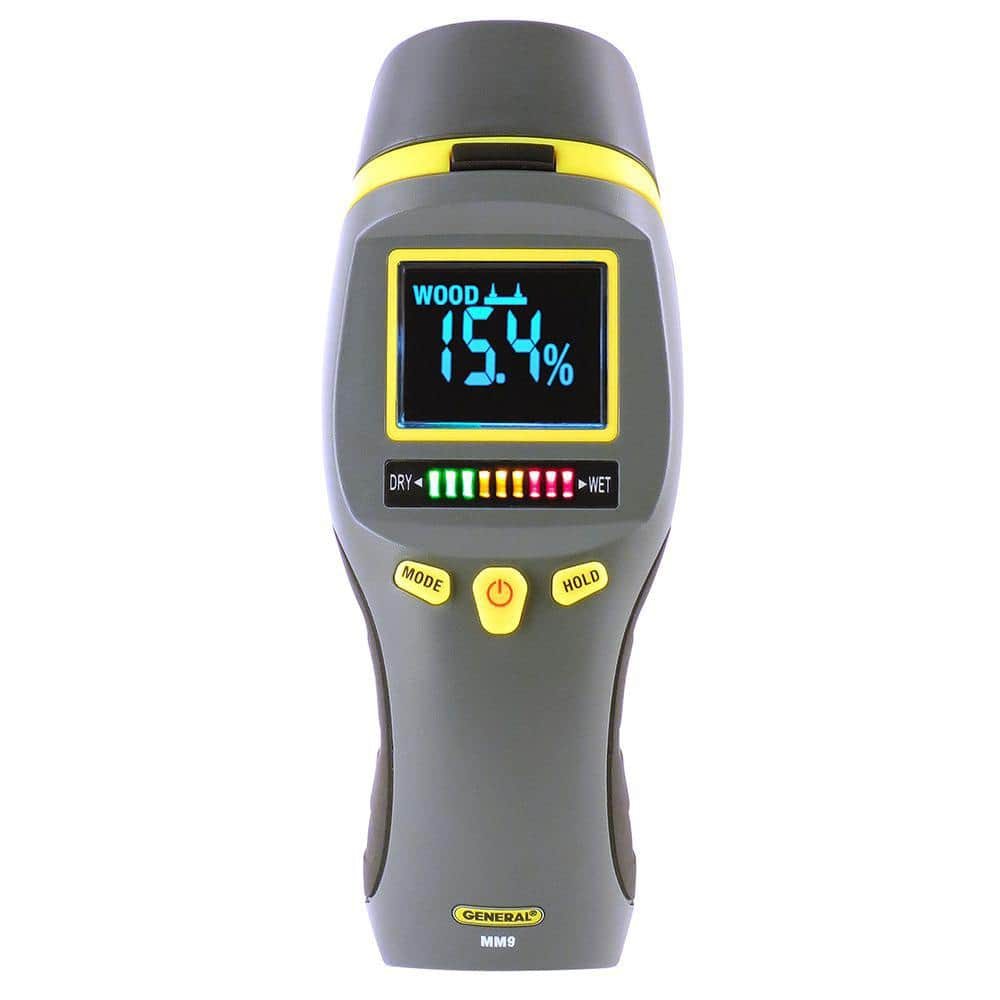Just how to Utilize a Moisture Meter to Find Covert Water Damage in Your Building
Just how to Utilize a Moisture Meter to Find Covert Water Damage in Your Building
Blog Article
Delve Into the Globe of Moisture Meters: Everything You Required to Know
In the world of wetness meters lies a world of accuracy and functionality that usually goes undetected. Recognizing how moisture meters run, the various types available, and their varied uses can shed light on their value in guaranteeing high quality and performance.
Just How Moisture Meters Work
Moisture meters operate by gauging the electric conductivity or capacitance of products to figure out the moisture content existing. These meters are very useful tools throughout numerous industries, consisting of woodworking, building, and agriculture. By making use of different methods such as pin-type or pinless technology, moisture meters offer accurate readings that assist specialists make educated decisions.
Pin-type wetness meters work by placing the sharp pins into the material being examined. On the various other hand, pinless wetness meters use electro-magnetic signals to scan a larger location without triggering any kind of damages to the material's surface area.
Regardless of the approach made use of, wetness meters play a critical role in preventing problems such as mold development, architectural damage, or product defects triggered by excess wetness. Recognizing exactly how these meters work is necessary for making sure the top quality and honesty of products in various applications.
Types of Moisture Meters
Provided the essential duty wetness meters play in numerous markets, it is vital to comprehend the different types readily available to professionals for precisely evaluating moisture levels - Moisture Meter. There are primarily two major kinds of dampness meters: pinless and pin-type dampness meters

On the various other hand, pinless wetness meters make use of electro-magnetic sensor plates to scan a bigger location of the material without creating any type of damage. This kind is appropriate for promptly scanning big locations and is frequently used for floor covering, wall surfaces, and ceilings. Pinless meters are practical for taking readings on finished surface areas without leaving any type of visible marks.
Both kinds of moisture meters have their advantages and are picked based on the specific needs of the work at hand. Understanding the differences in between these kinds is important for specialists to make precise moisture assessments.
Applications Across Industries
Building professionals rely on dampness meters to assess the wetness levels in structure products like wood, drywall, and concrete, which is essential for keeping architectural honesty and preventing concerns like rot or mold and mildew. The flooring market makes use of moisture meters to gauge the wetness web content in subfloors before setting up different floor coverings, avoiding costly problems due to excess dampness. In the food industry, moisture meters are utilized to monitor and manage moisture levels in products such as grains, nuts, and dried out fruits to keep freshness and quality.
Tips for Using Dampness Meters
Use the moisture meter's calibration settings to make sure exact analyses when measuring the dampness material in various products. Additionally, make certain the meter is set to the right dampness range for the material you are determining to get the most accurate outcomes.
When making use of a pin-type dampness meter, place the pins to the ideal deepness suggested for the material being tested. This makes certain that the moisture readings are taken from the correct depth within the material, providing a more precise representation of its wetness web content. For pinless moisture meters, bear in mind to maintain appropriate contact with the product's surface area to get dependable Bonuses analyses.
Regularly inspect and replace the batteries in your moisture meter to avoid imprecise readings as a result of reduced power. Store the meter in a safe and completely dry area when not in use to prolong its lifespan like it and maintain its accuracy. By following these ideas, you can make best use of the performance of your wetness meter and get precise dampness material dimensions throughout various materials.
Maintenance and Calibration
To ensure the precision of wetness content dimensions, routine upkeep and calibration of the moisture meter are crucial steps in its correct functioning. Calibration readjusts the wetness meter to ensure that it supplies trustworthy and regular results.
Calibration should be done periodically, specifically if the moisture meter is utilized regularly or in crucial applications where accurate dimensions are needed. Several dampness meters feature calibration tools or can be calibrated by expert services. Moisture Meter. It is recommended to maintain a log of calibration dates and results to track the efficiency of the dampness meter over time. By calibrating the wetness and maintaining meter consistently, users can rely on the precision of the dampness content dimensions gotten.
Conclusion

In final thought, moisture meters play a vital role in various markets by properly gauging the moisture material of materials. Comprehending how these devices function, the different kinds available, and appropriate maintenance and calibration are essential for getting trustworthy outcomes. Whether in building, agriculture, or manufacturing, the use of wetness meters aids ensure quality assurance and performance in procedures.

In final thought, moisture meters play an important duty in various sectors by properly gauging the wetness material of products.
Report this page